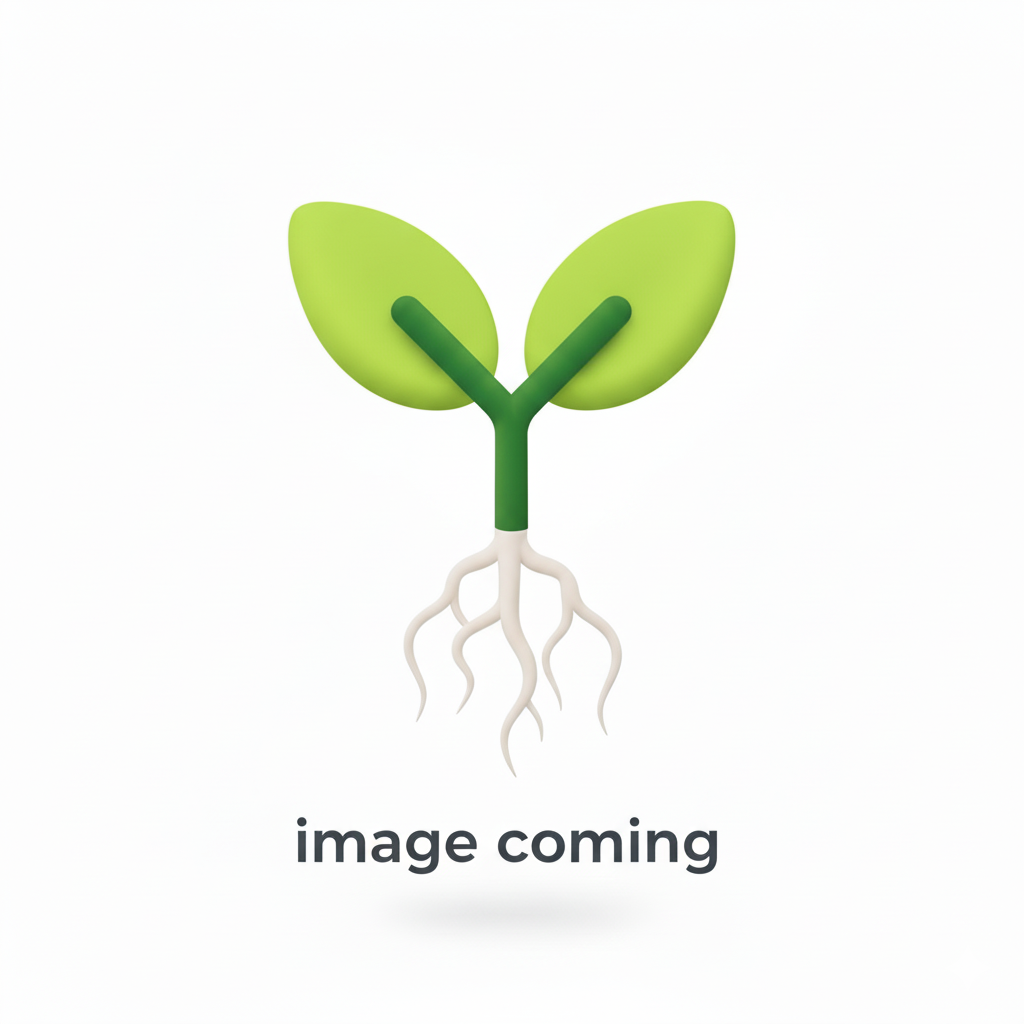Taming the Tiny Treasures: A Guide to Propagating Globularia incanescens
Globularia incanescens, with its charming mounds of silvery foliage and captivating bursts of blue flowers, is a delightful addition to any rock garden or alpine trough. While this compact perennial is readily available at specialty nurseries, propagating your own “globe daisies” adds a layer of satisfaction and allows you to expand your floral horizons.
Luckily, taming these tiny treasures doesn’t require a green thumb, just a sprinkle of patience and the right techniques. Here are two methods to multiply your Globularia incanescens:
1. Seed Starting for a Slower but Rewarding Journey
• Timing is Key: Sow your Globularia incanescens seeds in late winter or early spring (February to March). This allows ample time for germination and establishment before the summer heat.
• Preparation and Sowing:
- Use a seed starting mix that’s well-draining and specifically formulated for starting seeds.
- Sprinkle the fine seeds on the surface and lightly press them in, ensuring they receive adequate light for germination.
- Water gently with a spray bottle to avoid dislodging the seeds.
- Cover the seed tray with a humidity dome or plastic wrap to retain moisture and promote faster germination.
• Germination and Care:
- Place the tray in a bright location but out of direct sunlight. A temperature of around 65-70°F (18-21°C) is ideal for germination.
- Germination can take anywhere from 2 to 4 weeks. Be patient and keep the soil consistently moist but not waterlogged.
- Once the seedlings have developed their first set of true leaves, you can thin them out, leaving the strongest ones to thrive.
• Transplanting:
- When the seedlings have reached a manageable size (about 2-3 inches tall), transplant them into individual pots or directly into your garden after the last frost.
- Ensure proper drainage and choose a sunny location with well-draining soil, mimicking their natural rocky habitat.
2. Taking Cuttings for Faster Results
• Timing is Crucial: Take basal cuttings in spring just as new growth emerges. Choose healthy, non-flowering stems.
• Preparing the Cuttings:
- Using a clean, sharp knife or pruning shears, take 2-3 inch cuttings just below a leaf node.
- Remove the lower leaves, leaving 2-3 leaves at the top.
• Encouraging Rooting:
- Dip the cut end in rooting hormone (optional but recommended for faster results).
- Plant the cuttings in a well-draining potting mix, ensuring the leaf nodes are buried.
- Water gently and cover the pot with a clear plastic bag or use a propagation dome to retain humidity.
• Rooting and Care:
- Place the cuttings in a bright location, avoiding direct sunlight.
- Keep the soil consistently moist but not waterlogged.
- Rooting usually occurs within 4-6 weeks. Gently tugging on the cutting can confirm root development.
• Transplanting:
- Once the cuttings have rooted, transplant them into individual pots or directly into the garden after the last frost. Choose a sunny location with well-drained soil.
No matter which method you choose, remember to be patient and provide optimal conditions, and soon you will have a flourishing colony of these charming, low-maintenance beauties gracing your outdoor space.
